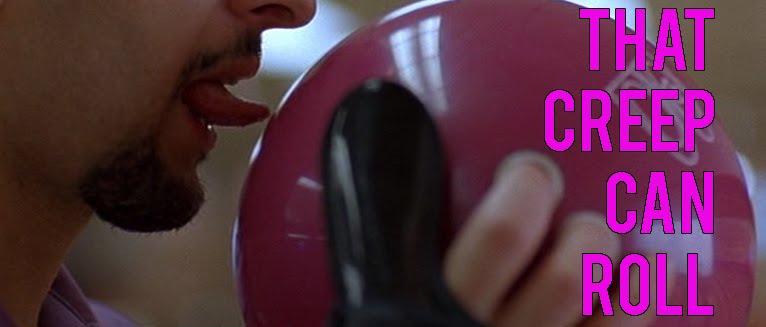
Life During Wartime
I’m not exactly sure what this film is. Director Todd Solondz has adopted a similar approach to his last film, Palindromes (where the central character was played by multiple actors of differing ages, genders, sizes and races), and has made a quasi-sequel to his most successful work, Happiness. I say ‘quasi-sequel’ because although Life During Wartime follows the same characters from his 1998 film (as well as some from 1995’s Welcome To The Dollhouse) they’ve been entirely recast with scant regard paid to a visual continuity. However, the performances veer between near-identical interpretations and radical revisions.
For the sake of clarity the most important recasting is as follows: Bill Maplewood (Ciarán Hinds, previously Dylan Baker), Joy Jordan (Shirley Henderson, previously Jane Adams), Allen (Michael K. Williams, previously Philip Seymour Hoffman), Trish Maplewood (Allison Janney, previously Cynthia Stevenson), Helen Jordan (Ally Sheedy, previously Lara Flynn Boyle) and Andy (Paul Reubens, previously Jon Lovitz). The amount the performances fall in line with what has gone before appears to divide largely down gender lines, with the women and Reubens doing near identical takes.
The reason I labour this point is that on the surface it might not seem like a sequel but whether or not you like it will depend on whether you’ve seen Happiness and are, to some degree, a fan of Solondz’s work. If you’ve not seen Happiness, firstly, why not? Secondly, do so before considering seeing this. Even the seemingly insignificant opening scene in Happiness has a long-lasting effect that echoes into the follow-up. Déjà vu is mentioned early on and it’s apt for much of what follows.
The film picks up around 10 years from the events of Happiness and is largely focused around the release of sex offender Bill Maplewood from prison (although the other characters are unaware of this). Joy is now married to sex pest Allen and is still the perennial wallflower, Trish has embarked upon a new relationship and has hidden her ex-husband’s past from the children and Helen is a successful author living in California (although her reintroduction is a sour note which serves little purpose). Every character is still suffering the repercussions of what has gone before, to some extent.
All of Solondz’s trademark signifiers are here. In among the myriad taboos are the awkward silences and inappropriate conversations but, unlike his previous work, there’s a sense of a filmmaker who has matured. Each of the characters is more fully-realised and given a depth that stretches beyond being defined by their actions. Every single character is damaged in some way and although never condoning or chastising their actions, their motivations and the psychological effects of them are closely scrutinised. The central themes of characters seeking redemption, or at least a sense of normalcy, make them more relatable than perhaps they had previously been.
There’s a strange post-9/11 subtext which is a bit jarring and occasionally you long for a few more shards of lightness to appear between the scenes of misery-mongering. In spite of the darkness of the material, when it does lighten, it is undoubtedly very funny. As usual much of the humour derives from material which wouldn’t be considered suitable for comedy elsewhere. Allison Janney in particular gives a scene-stealing performance that puts even her Away We Go turn to shame.
The darkly comedic undercurrent may not be to everyone’s taste but what the film provides is a perverse peer into the lives of people more messed-up than you. There’s a foreboding sense of ‘what can go wrong, will go wrong’ but imbued with a genuine sense of emotional investment in the characters, so you really care if it looks like things are turning sour.
They may not be characters you’ll fall in love with but they certainly have a presence which is hard not to admire.
4/5
Read my tweaked review over at www.reelscotland.com/?p=1571


No comments:
Post a Comment